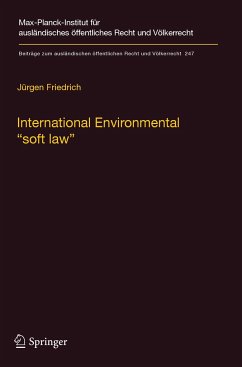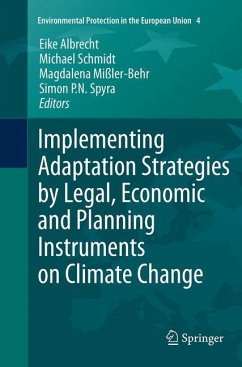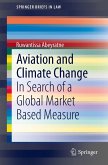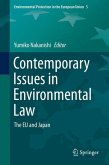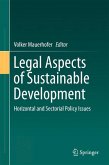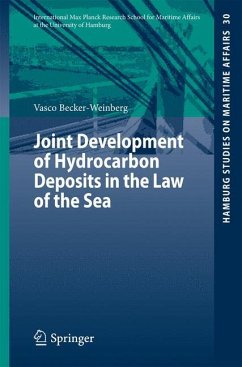In international negotiations, the question of the design and the legal form of the negotiated instrument is as complex as it is often controversial. Intended as a read for both practitioners and academics, this book provides a comprehensive treatise of the characteristics, the potential and the limits of nonbinding instruments in international environmental law and governance. An extensive overview and typology of nonbinding instruments as well as several case studies from the areas of fisheries (FAO), hazardous substances (UNEP/FAO) and corporate social responsibility (OECD) provide the material for an in-depth analysis of the role of nonbinding instruments on all levels of governance. The book demonstrates the potential but also highlights the limits of nonbinding instruments in the interplay with customary and treaty law (e.g. UNCLOS, WTO) as bases for interinstitutional linkages and as tools to shape the behaviour of states and private actors. Legitimacy challenges arising from this form of exercise of authority are then discussed in the final chapter, alongside with remedies to address possible concerns.

